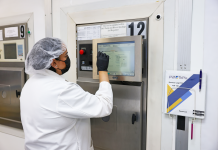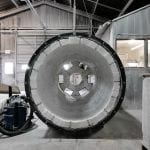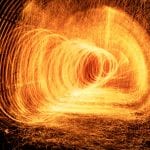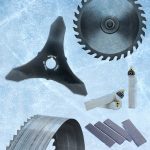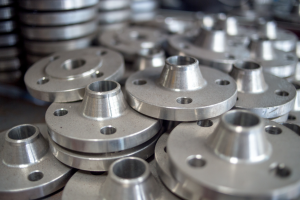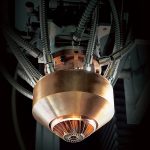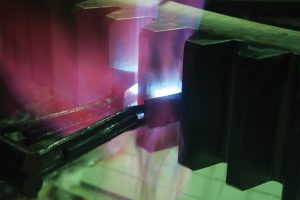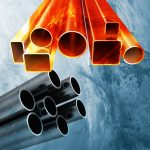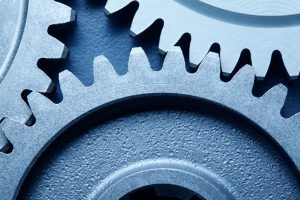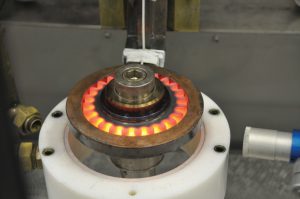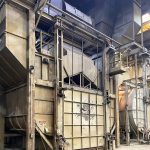Editor’s note » This is the second of a five-part series of articles that will deconstruct the requirements of AC7102. Each article will appear every other month through 2021. Click here for Part 1.
It is my hope that suppliers may have, at the very least, gained some insight into some challenges they may face when interpreting and implementing the AC7102 Nadcap general checklist. Both tasks mentioned can be time consuming regardless of how long one has been in the industry. The goal of these five in-depth focused articles is to point out the challenges that, as I see, face suppliers who are both new to Nadcap and are seeking reaccreditation. To interpret the checklist requirements while explaining both intent and what is expected is my goal.
In the following article we will discuss the challenges associated with AC7102/1, less the job audits.
Furnace Brazing – Heat Treat Commodity
The initial challenge I see from suppliers is recognizing that, while furnace brazing is considered joining and not heat treating, because a furnace is used, it is placed within the heat-treat commodity. This is an important fact to recognize, especially when structuring procedures around Nadcap qualification as it pertains to heat treat and furnace brazing. As an example, a supplier may process aluminum, as well as furnace brazing — two very different tasks using different furnaces. A single general heat-treat procedure could, since furnace brazing is included in the heat treat commodity, contain general brazing requirements as well. It is important to keep in mind that the requirements within AC7102 relate to furnace brazing as well as general heat treating. Keeping that frame of mind when writing procedures will help.
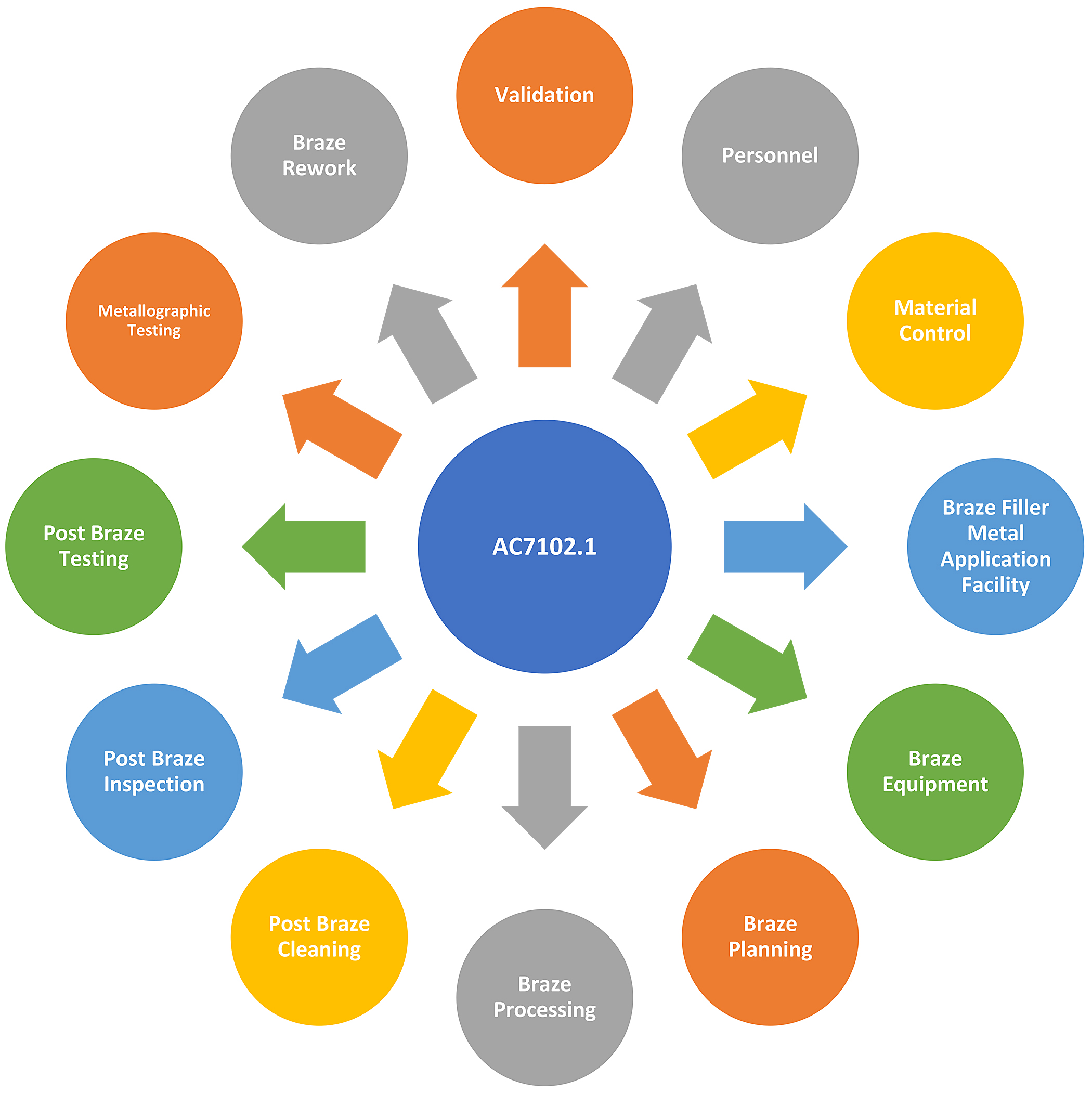 The Structure of AC7102.1
The Structure of AC7102.1
AC7102.1 has 12 sections. In this article, we will visit areas of these sections that tend to challenge suppliers.
Throughout these sections, PRI has attempted to capture important variables throughout the furnace braze process. Braze requirements can be flowed down to suppliers in a number of ways: from purchase orders and prints to industry specifications such as AWS C3.6M/C3.6. These types of specifications and/or customer requirements must be considered in conjunction with the checklists, as not all aspects can be expected to be within the AC7102.1 checklist. An example would be the frequency at which temperature uniformity surveys must be performed. AWS C3.6 requires furnaces to be surveyed at a quarterly frequency when operating temperatures in excess of 2,000°F. If a supplier has a Class 3, Type B furnace, they need to stay at a quarterly frequency and would not be able to take advantage of the permitted extended periodic interval of semi-annual. This type of requirement is not reflected in AC7102.1 (nor should it be), although it must be considered when writing internal procedures for furnace brazing and pyrometry.
Section 1: Validation
Section one presents questions related to BPS and BQR records. For those new to the brazing, a BPS is a Braze Process Specification and a BQR is a Braze Qualification Record. A BPS outlines the specific braze application and process parameters for specific part numbers. This can take many forms as suppliers typically design and use a BPS that was developed internally. The BQR qualifies general aspects of a braze based on base metal, filler metal, joint type, thermal cycle parameters, etc. This document qualifies the braze with both inspection techniques and metallurgical examination. Question 2.1 in AC7102.1 refers to BQRs, as well as any related customer qualification.
Section 2: Personnel
The most common challenge within this section that I see when consulting is question 3.2.1: “Do procedures require periodic evaluation to ensure that approved personnel maintain proficiency in their assigned brazing filler metal application and related tasks?” The intent is to ensure that scheduled repeated training occurs to ensure personnel maintain proficiency. Internal procedures should specify reoccurring training at specific frequencies for personnel performing braze application as well as braze furnace operators.
Section 4: Material Control
This section relates to the braze filler metal. Typically, storage as well as filler metal mixing statements are not an issue. What stands out in this section is question 4.4: “Is there objective evidence that the raw materials certifications are reviewed?” Having a statement within internal procedures requiring filler metal certifications to be reviewed is one thing — showing consistent evidence of this seems to be where some suppliers run into issues. It is important to receive and review filler metal certifications to ensure the chemical composition is met as well as any other purchase order requirements.
Section 6: Braze Equipment
Section 6 contains requirements for the braze furnace used. This is typically a vacuum furnace, although there are separate requirements for dip salt brazing and atmosphere brazing. Questions 6.1.1 and 6.1.2 are the most commonly missed in this section. The two questions relate directly to each other: “Is the gas dew point monitored?” and “Is the dew point monitored at the required location?” It is important to realize these questions do not have an option to mark NA. They must be answered. Procedures should state how often the dew point is checked, what the limitations are (i.e. < minus-60°F) and the location where the dew point sample is taken (i.e. as it enters the furnace, at the furnace point from supply, etc.).
Section 7: Braze Filler Metal Application and Assembly Planning
This section contains, among other things, specific items that are required to be within the braze process planning documentation (i.e. router, BPS, procedures, etc.). Question 7.7 states: “Does the braze filler metal application/assembly work instruction/procedure contain the following, if required?” The remaining questions outline the items that should be documented. Question 7.7 is where I notice suppliers have gaps.
 Section 8: Braze Processing
Section 8: Braze Processing
Section 8 relates to what was discussed in section 7: What is required to be within the internal documents? Question 8.1.7 states: “Instructions for determining when to start the brazing time and when to complete the brazing time?” This question may relate to an internal heat-treat procedure as this is also required within AC7102. The determination of start- and end-of-soak may differ depending on the braze cycle. Some braze cycles have a stated time with tolerance, such as “Braze for 6-10 minutes.” While other braze cycles, such as aluminum brazing, may simply state that once a thermocouple reaches a specific temperature, the furnace should be cooled.
Another question to pay particular attention to is question 8.1.16: “Instructions when to remove parts from the brazing equipment?” This question, while it does have an NA option, may apply to materials such as titanium or other sensitive materials. It is important to recognize that, when procedures do state a specific temperature that parts may be removed from the brazing furnace, the furnace recording must reflect that and recording should not be stopped until evidence of the specified temperature has been reached. In cases like this, the furnace recording system would also need to be calibrated at the temperature specified.
Section 9: Post-Braze Cleaning
Post-braze cleaning may not always be performed in the same way, depending on the braze process. For suppliers using stop off, cleaning may differ from suppliers who do not use stop off. Question 9.1.1: “Does the post-brazing cleaning work instruction contain the following, if required: Method and product used for post-cleaning?” does not give an NA option (unless the entire section is marked NA), so some type of cleaning method needs to be documented.
Section 13: Brazing Rework
Braze rework is often performed to correct nonconforming aspects of a braze joint. Question 13.1: “Where required, are the total rework cycles or the total time tracked and recorded to verify that the maximum time at temperature, or the maximum number of cycles, meet the requirements of the engineering drawing or specification?” addresses braze rework in several ways. In my consulting with suppliers, tracking of braze rework cycles is typically the challenge suppliers face. A practical way of tracking braze rework is putting defective parts through your nonconforming material system that will then go through material review and have the rework assigned.
Summary
Accounting for Nadcap checklists requirements is two-fold; 1) documenting customer and checklist requirements and 2) showing evidence the requirements are met. To do this, suppliers should understand the checklist and interpret the requirements as clearly as possible. Part three will explore Nadcap Checklist AC7102/2.










